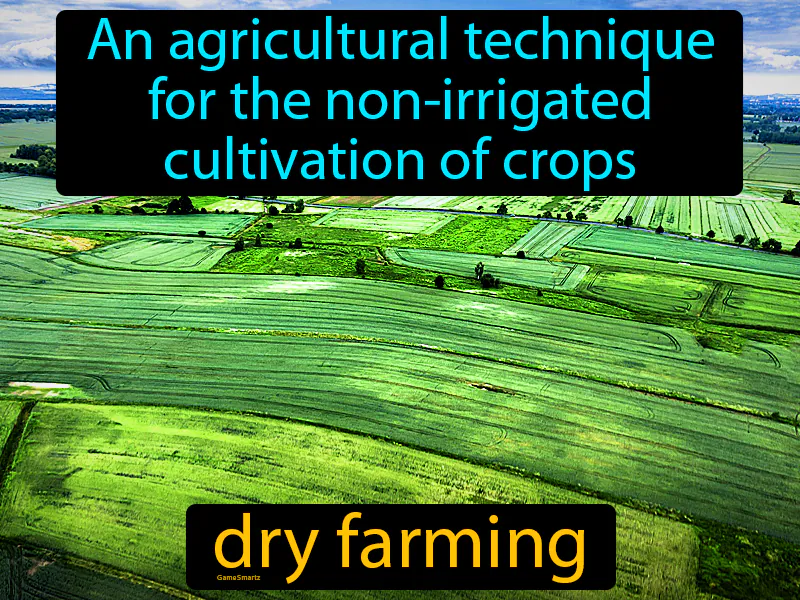Dry Farming
Dry Farming: Easy to understand
In the Ancient Americas, dry farming was crucial for growing crops in areas without regular rainfall, like the southwestern United States. This technique allowed ancient civilizations, such as the Ancestral Puebloans, to thrive by using methods like planting seeds deeper in the soil to reach moisture. It addressed the problem of limited water sources and the need to sustain large communities with food. Today, dry farming remains important as it helps conserve water and sustain agriculture in arid regions, especially as climate change impacts water availability. For example, in California, some farmers use dry farming to grow tomatoes, which can lead to more flavorful produce while saving precious water resources.

Practice Version

Dry Farming: An agricultural technique for the non-irrigated cultivation of crops. Dry farming. In history, dry farming was used to grow crops in areas with little rainfall by conserving soil moisture.